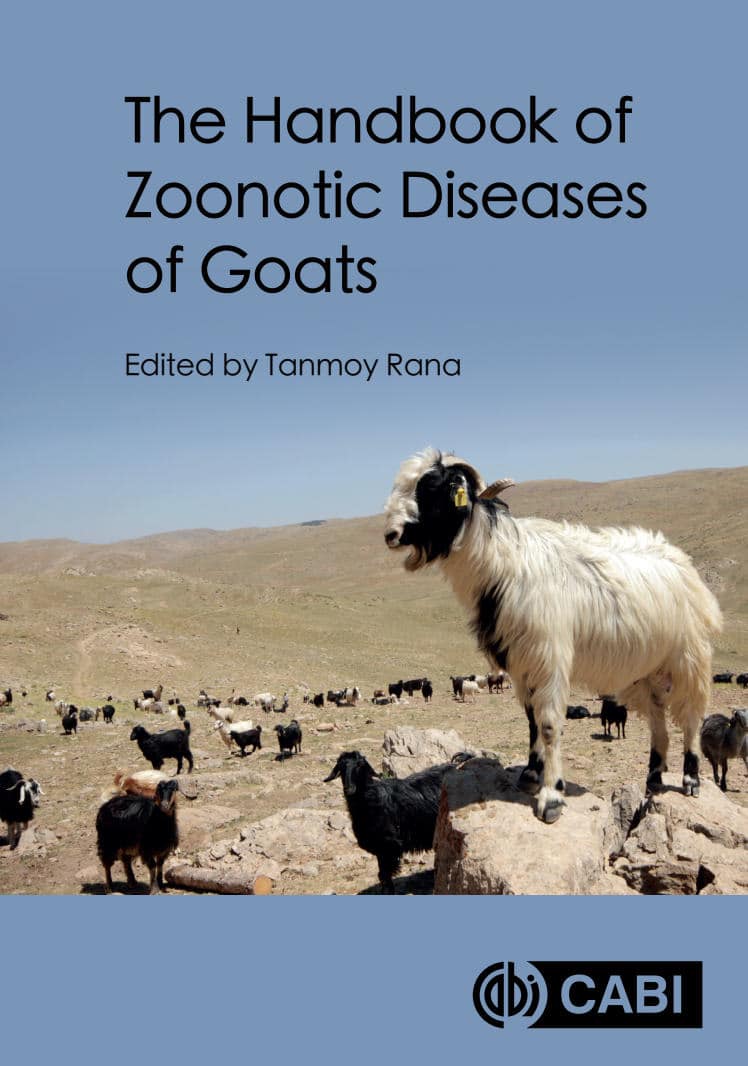
By Tanmoy Rana
The Handbook of Zoonotic Diseases of Goats takes a One Health approach to understanding the critical interface between goats and zoonotic disease transmission. Goats are among the most widely kept livestock in Asia, Africa, and parts of Europe, making them key players in both rural livelihoods and zoonotic disease dynamics.
This book provides clear, comprehensive information on the etiology, epidemiology, clinical presentation, diagnosis, and prevention of zoonotic diseases transmitted by goats. It helps readers identify severity, spread, treatment protocols, and safety precautions. Topics include bacterial, viral, parasitic, fungal, and prion diseases, with a focus on public health implications, occupational safety, and the need for ongoing education and research.
An essential resource for veterinarians, public health experts, researchers, and students involved in animal and human disease management.
Features
Features:
• Focuses on zoonoses affecting goat populations globally
• Discusses bacterial, viral, parasitic, fungal, and prion diseases
• Emphasizes public health education and occupational safety
• One Health approach for integrated disease understanding
• Useful for veterinarians, researchers, and public health professionals
Table of Contents
Table of Contents:
1. Introduction
2. Bacterial zoonotic diseases of goats
3. Viral zoonotic diseases of goats
4. Parasitic zoonotic diseases of goats
5. Fungal zoonotic diseases of goats
6. Prion zoonotic diseases of goats
7. Diagnosis and surveillance of zoonotic diseases
8. Prevention and control strategies
9. Occupational health and safety in goat farming
10. Public health significance of goat-associated zoonoses
11. Future directions and research needs
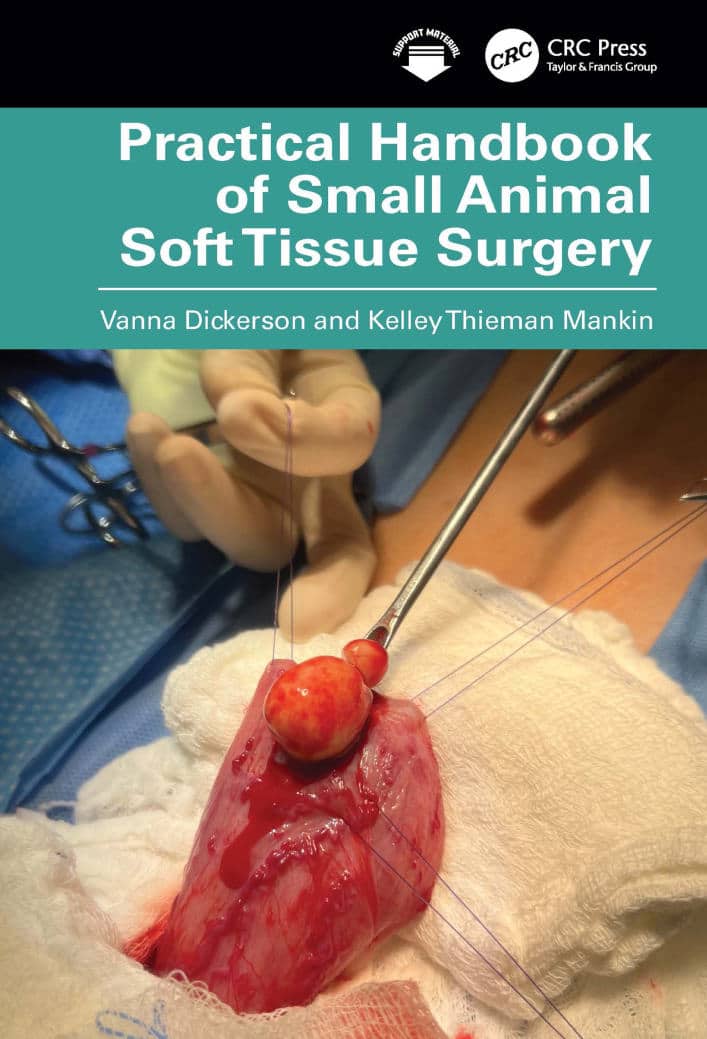


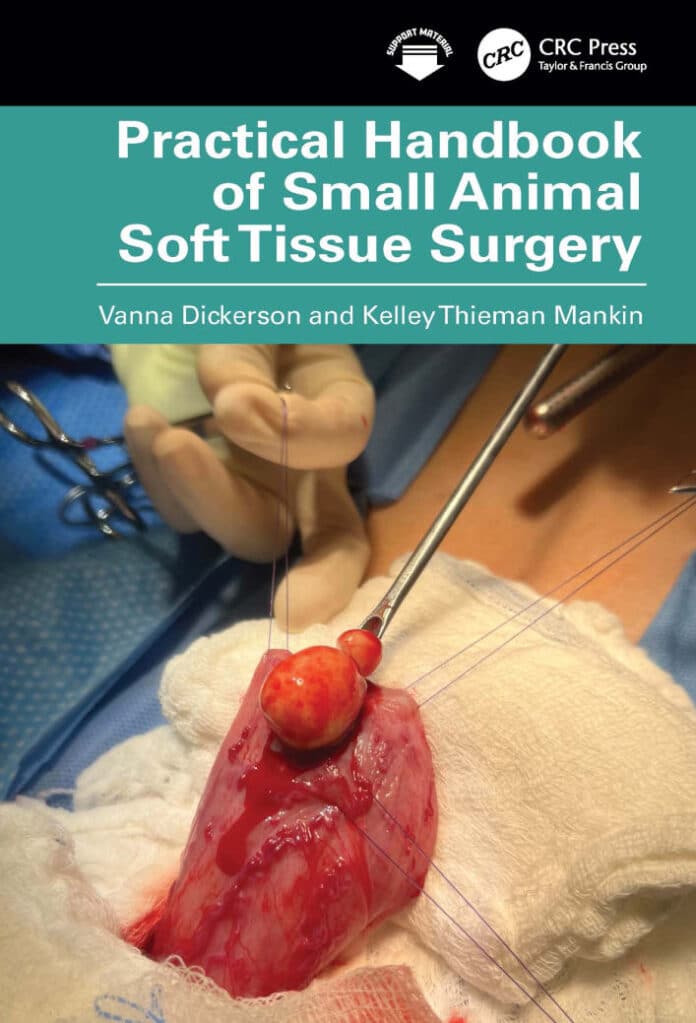

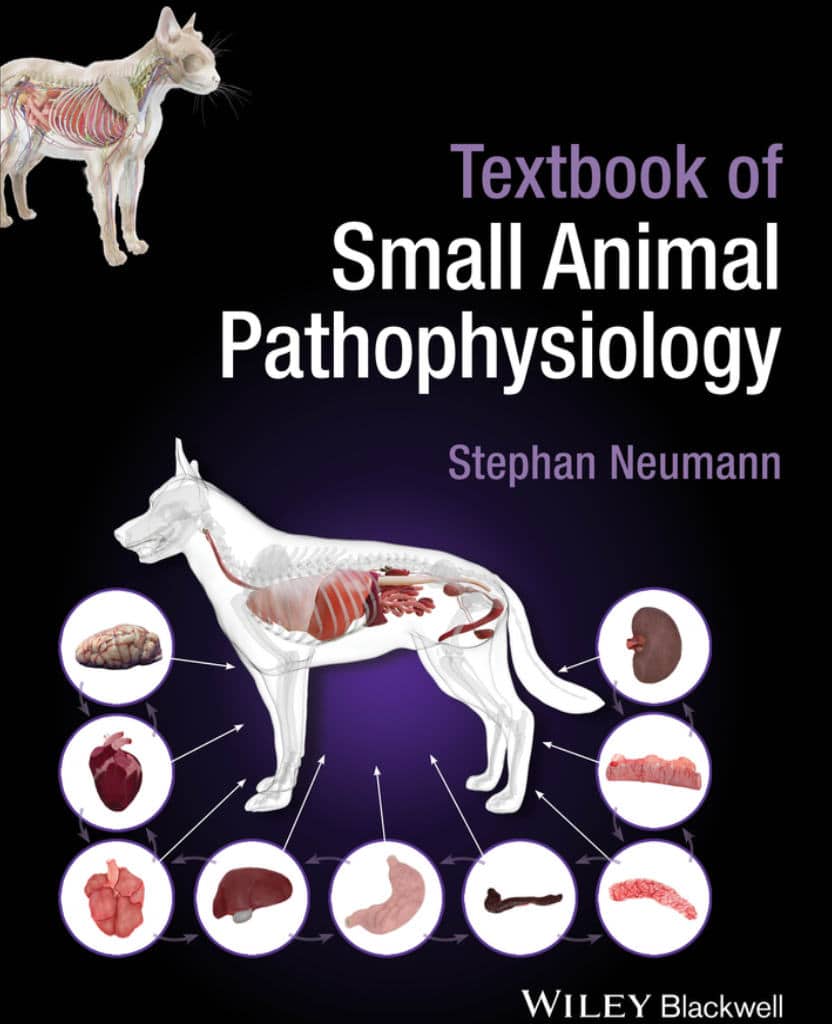
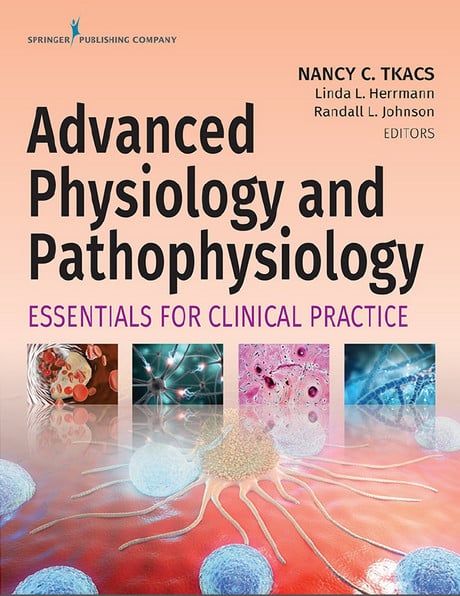
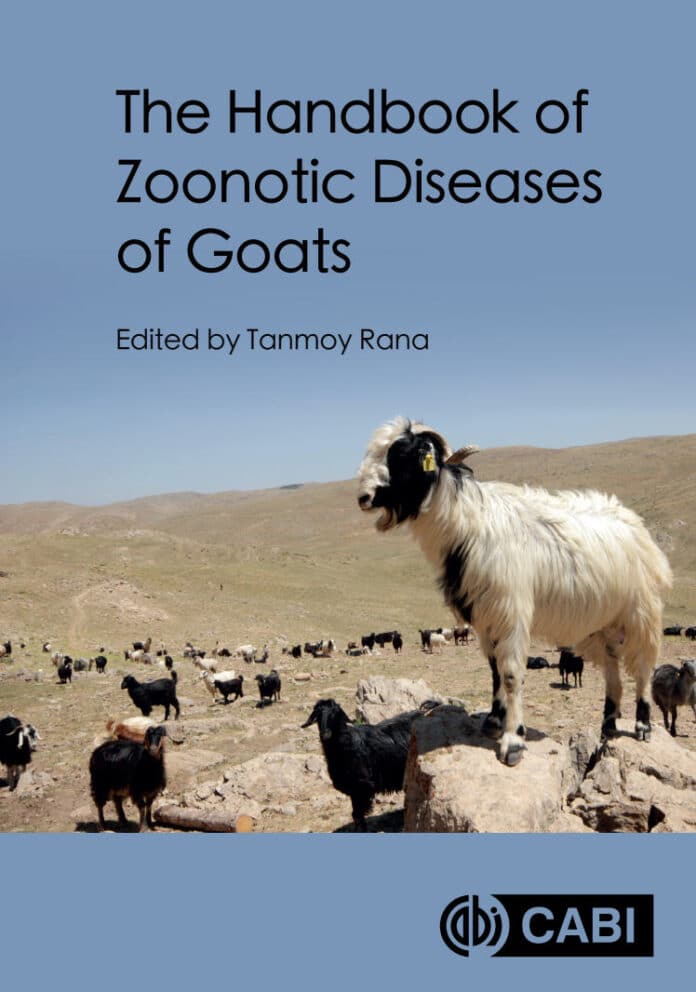

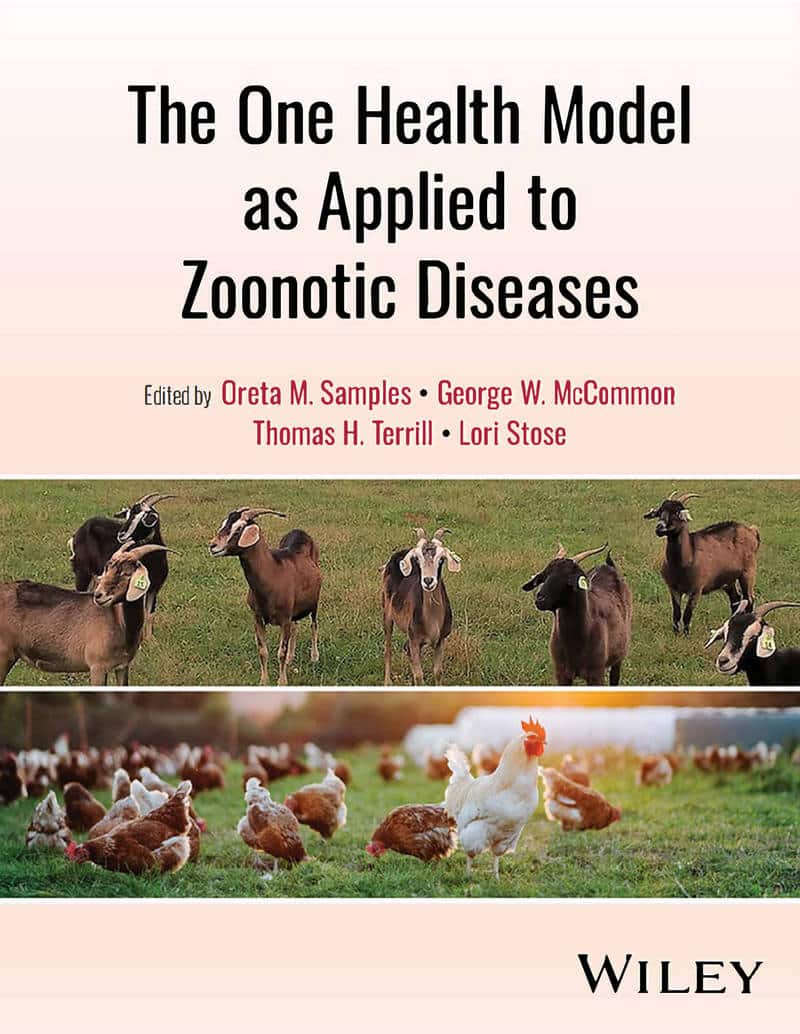
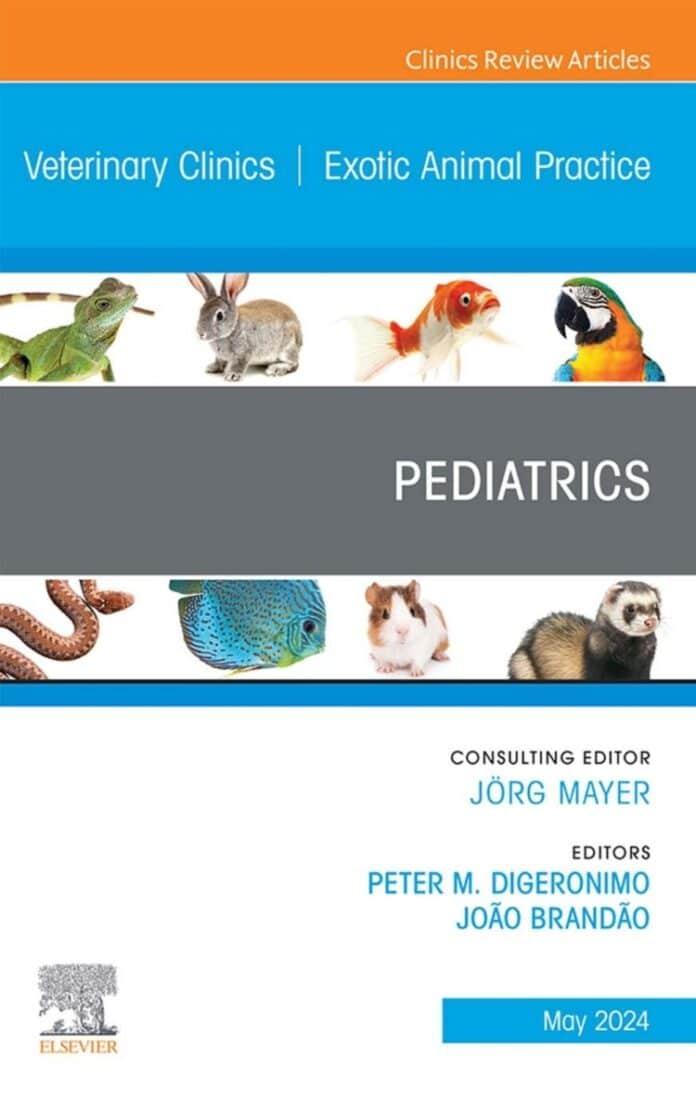
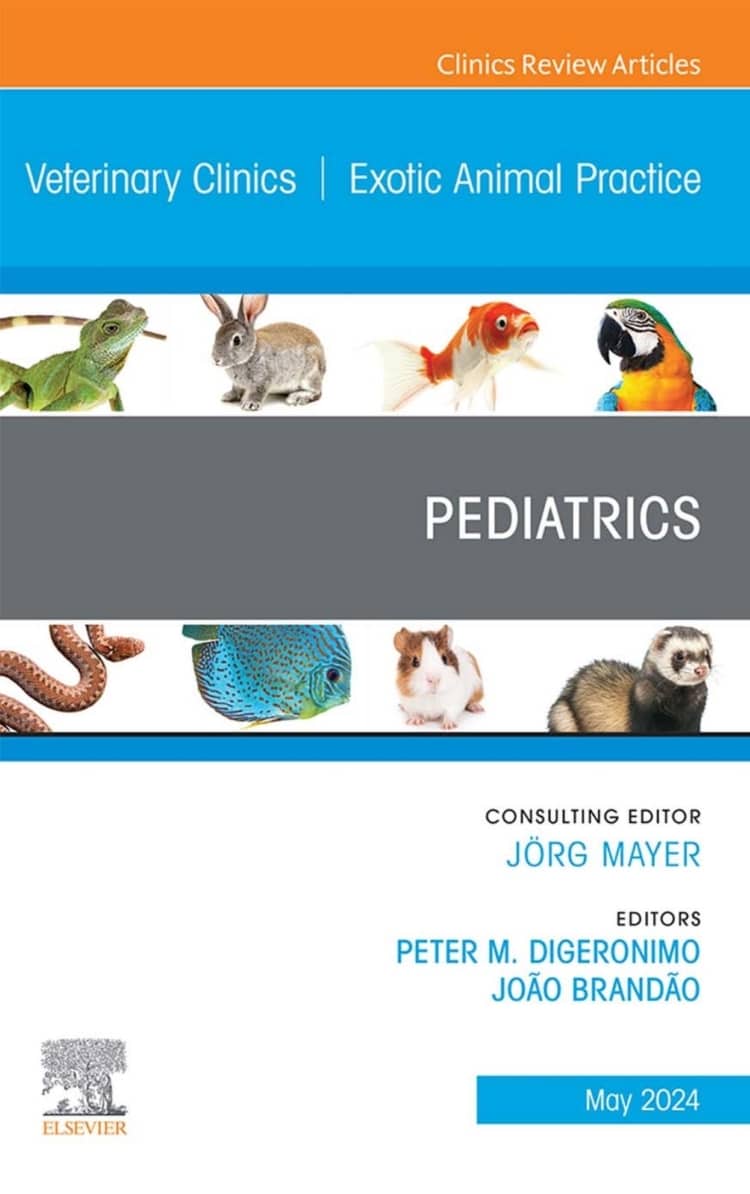

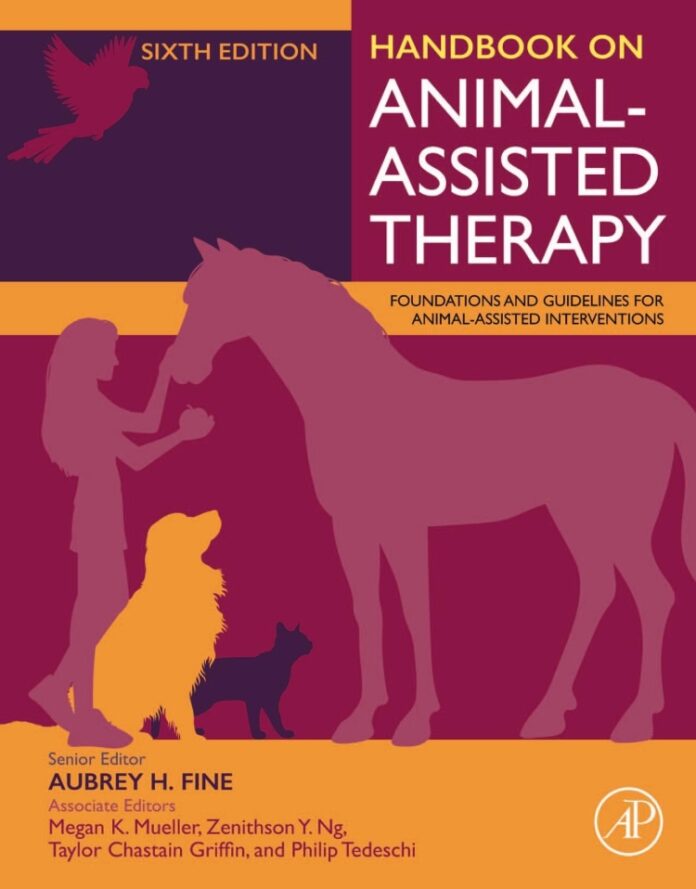
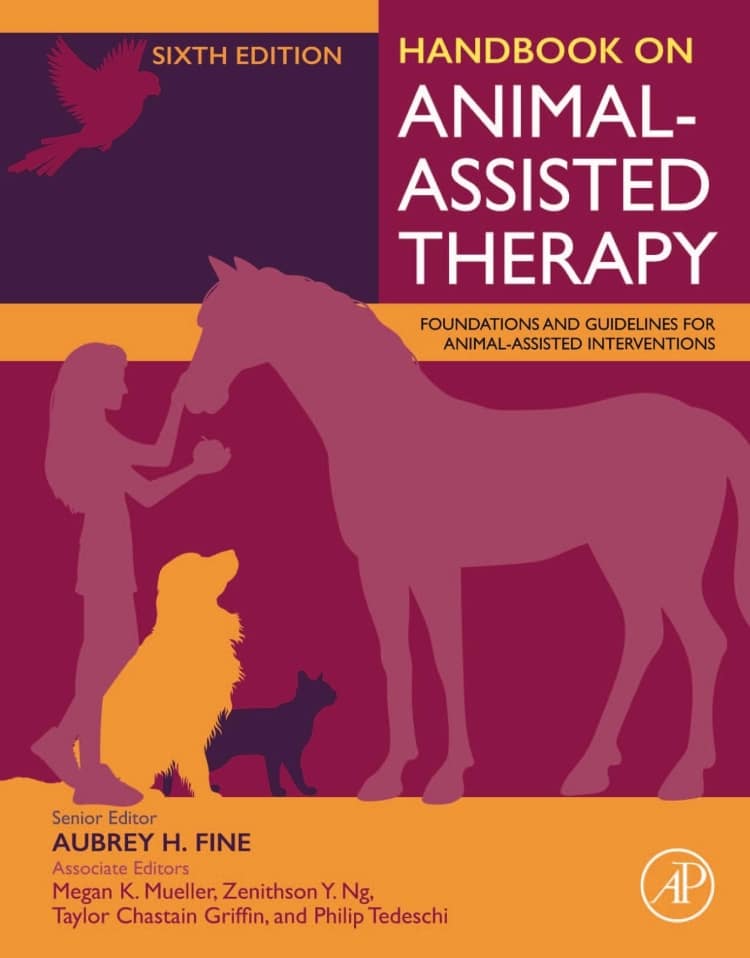
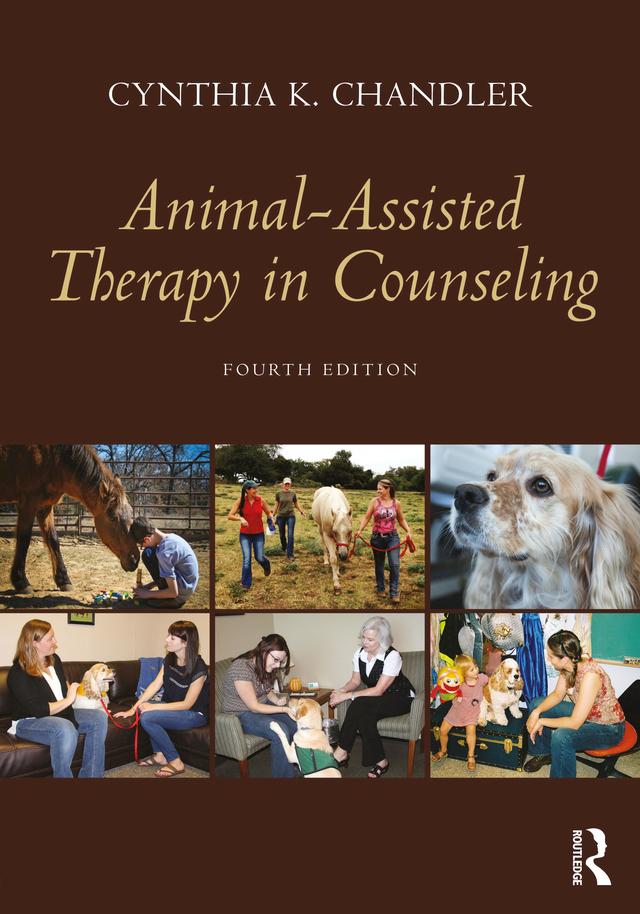
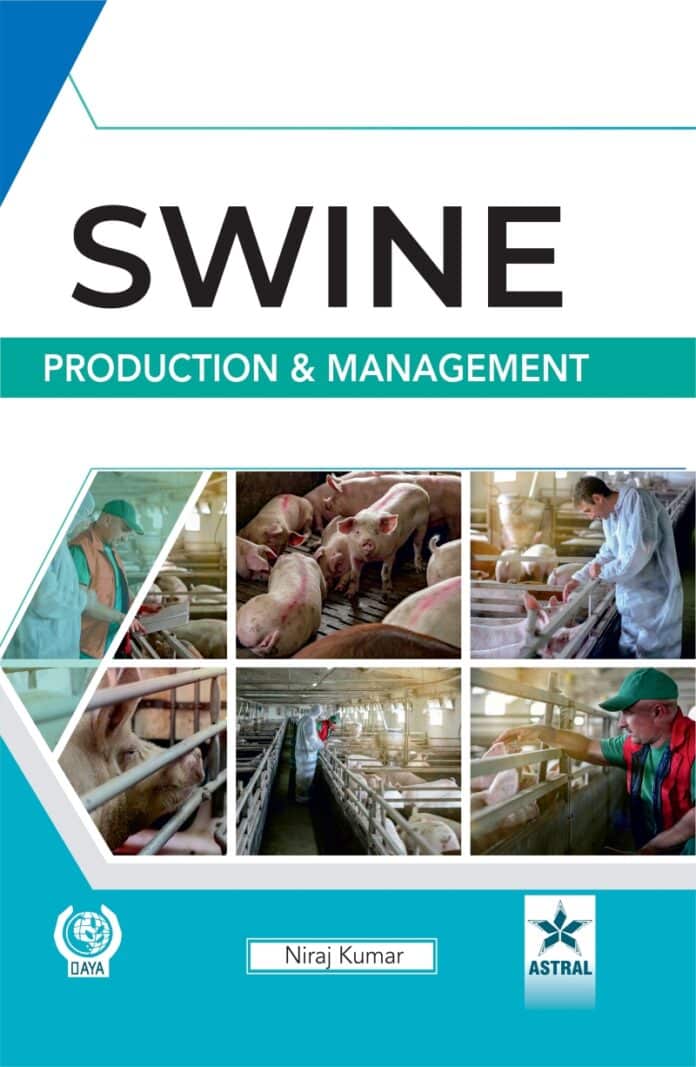
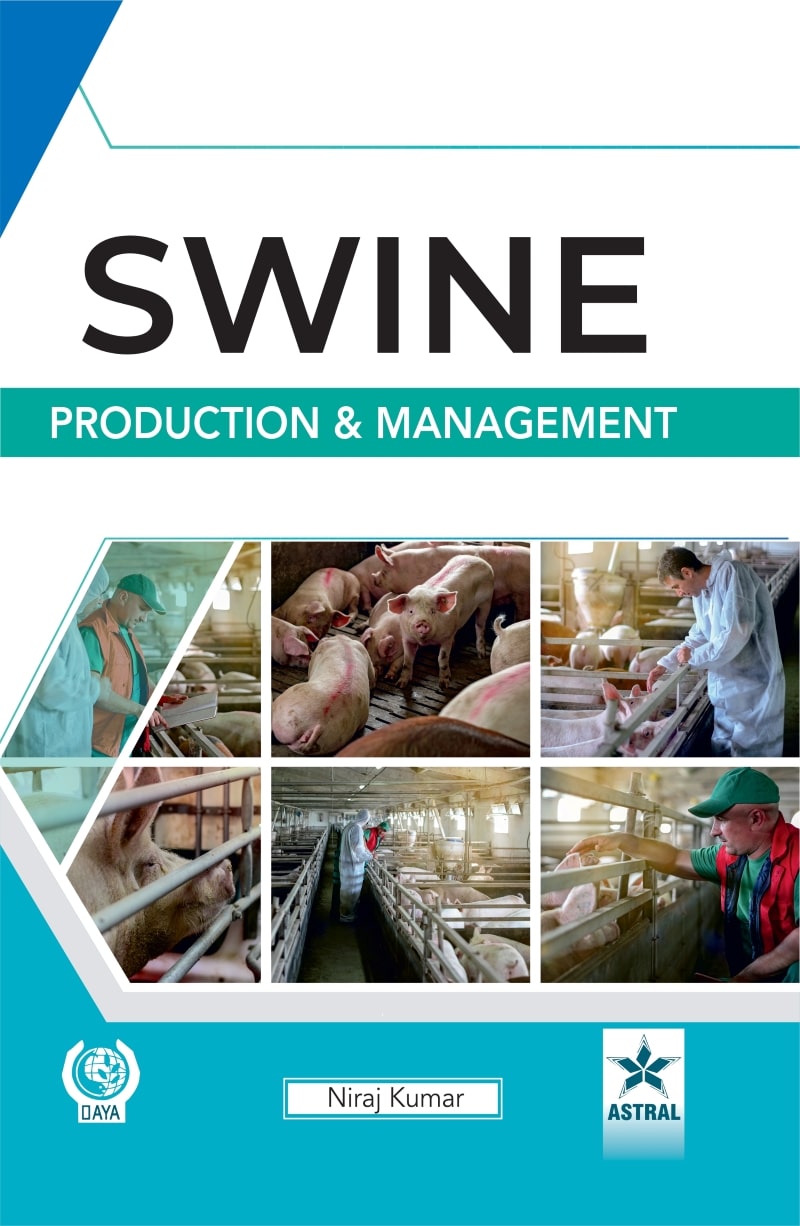
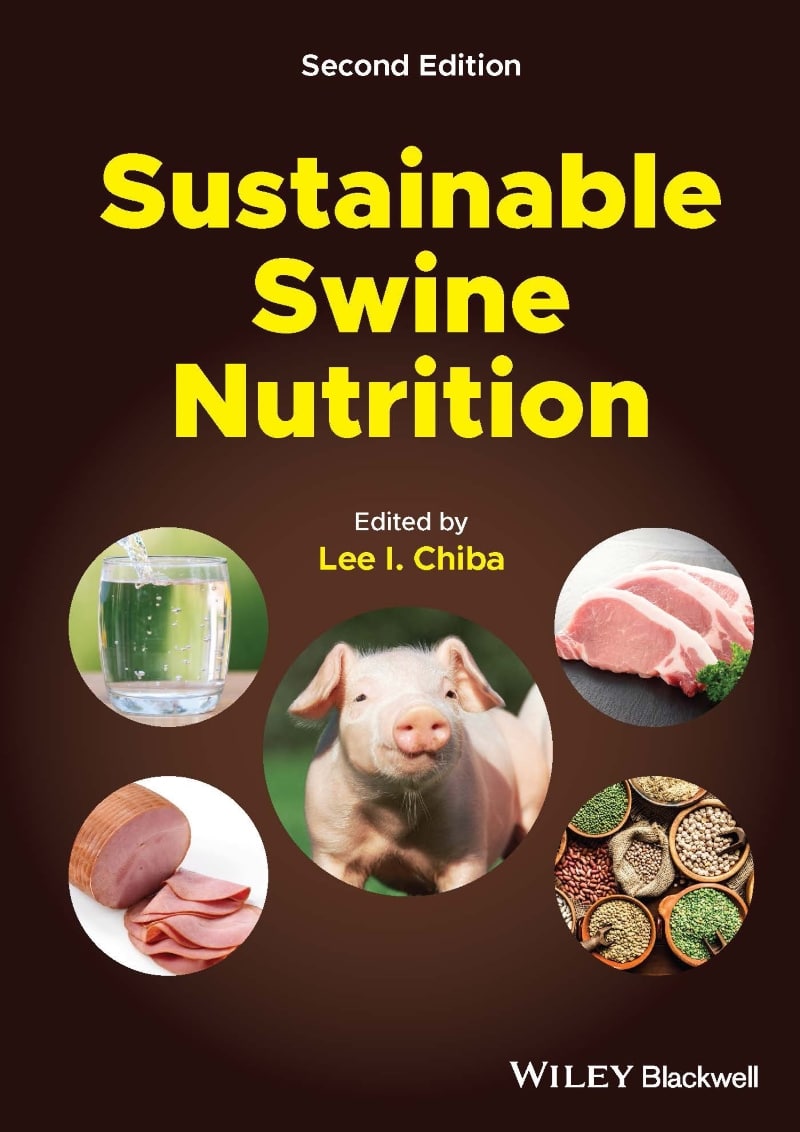

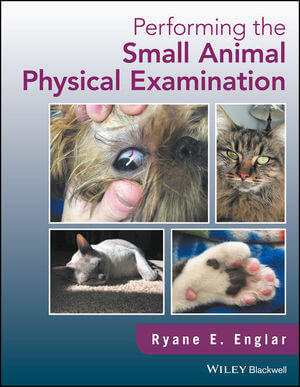
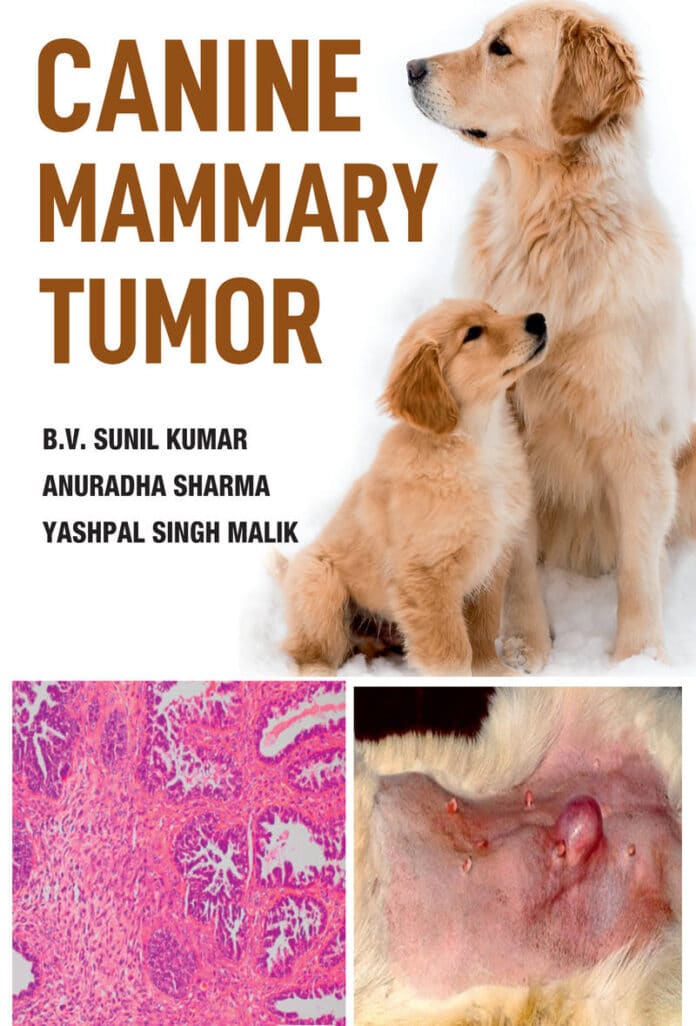
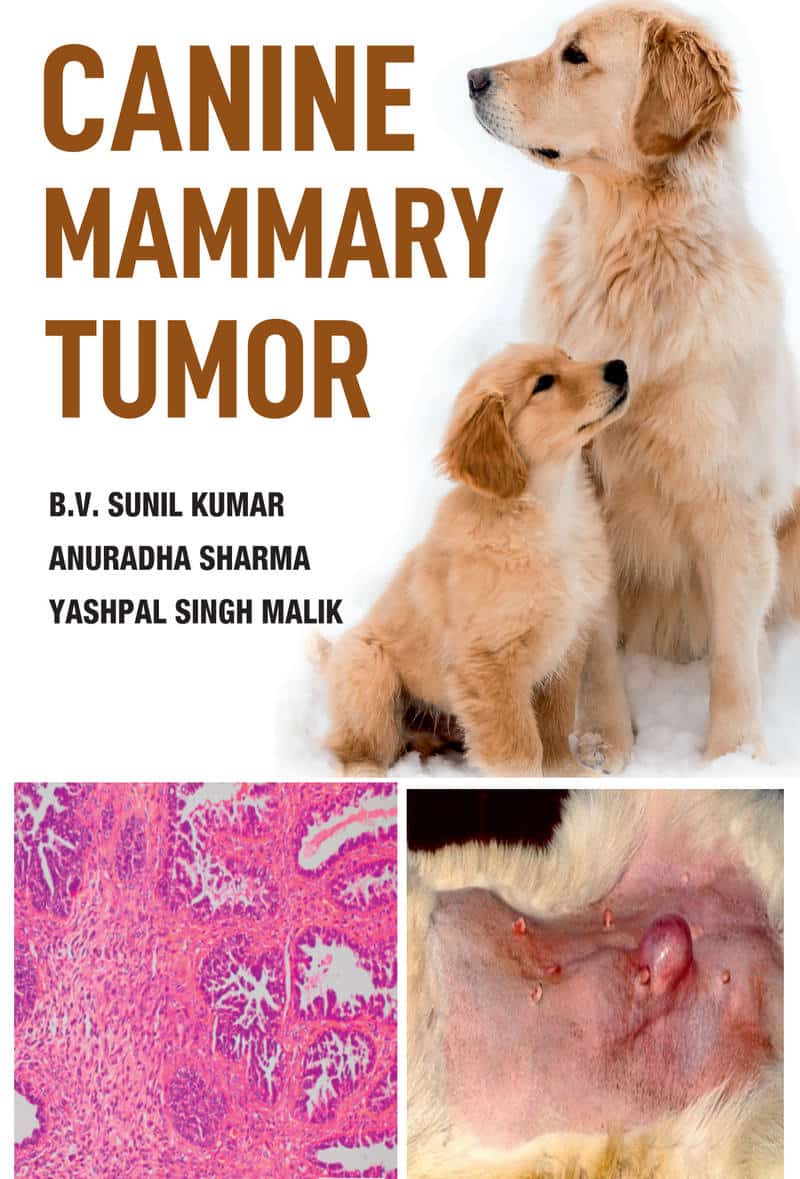
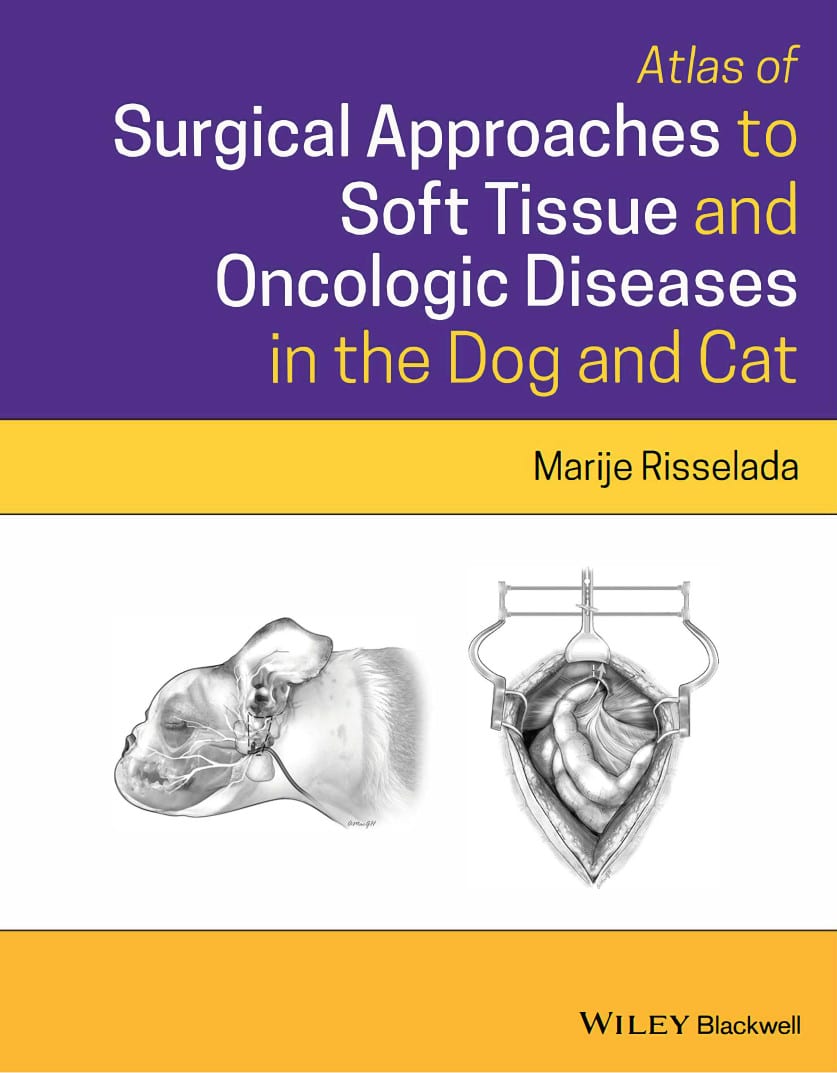
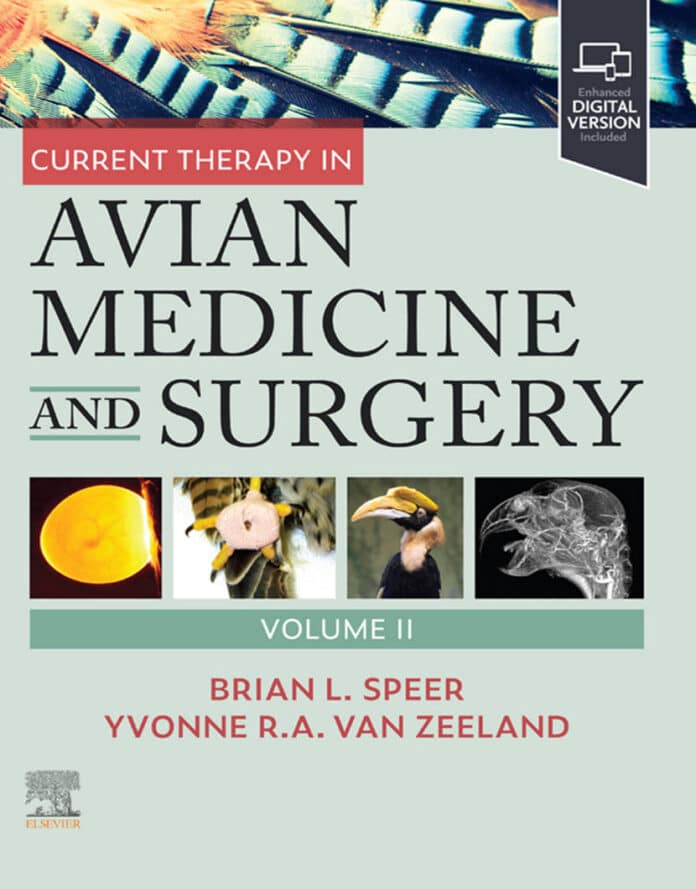
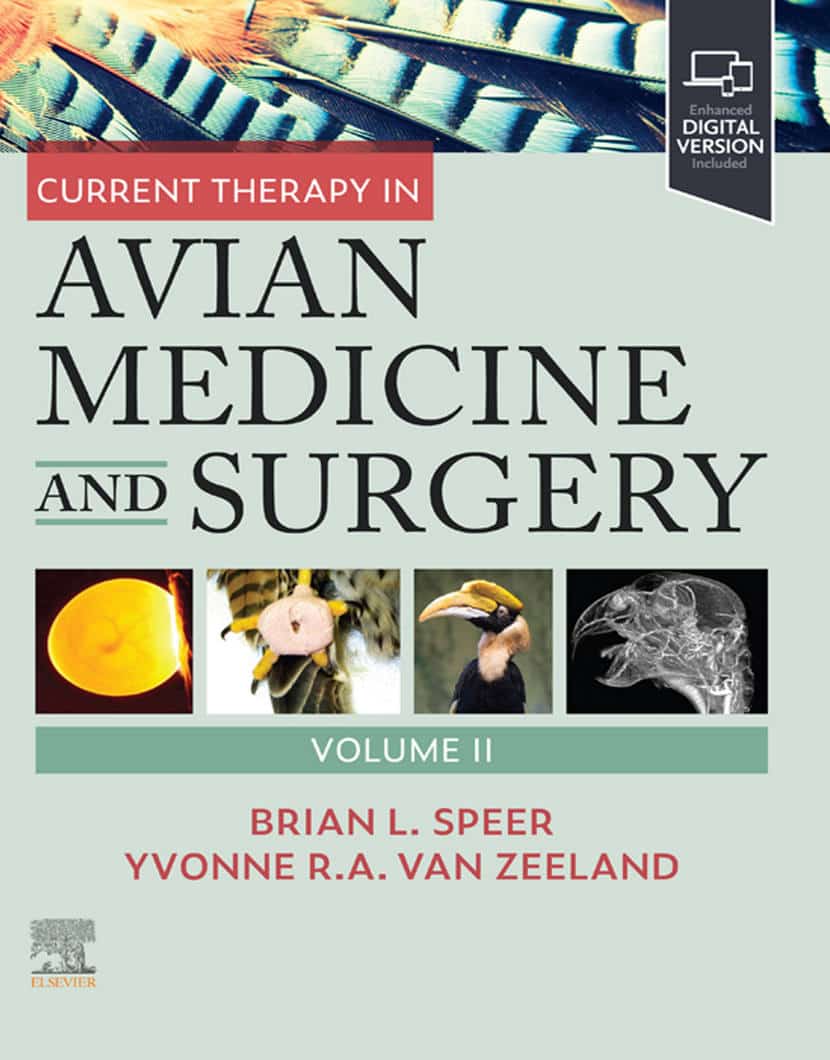

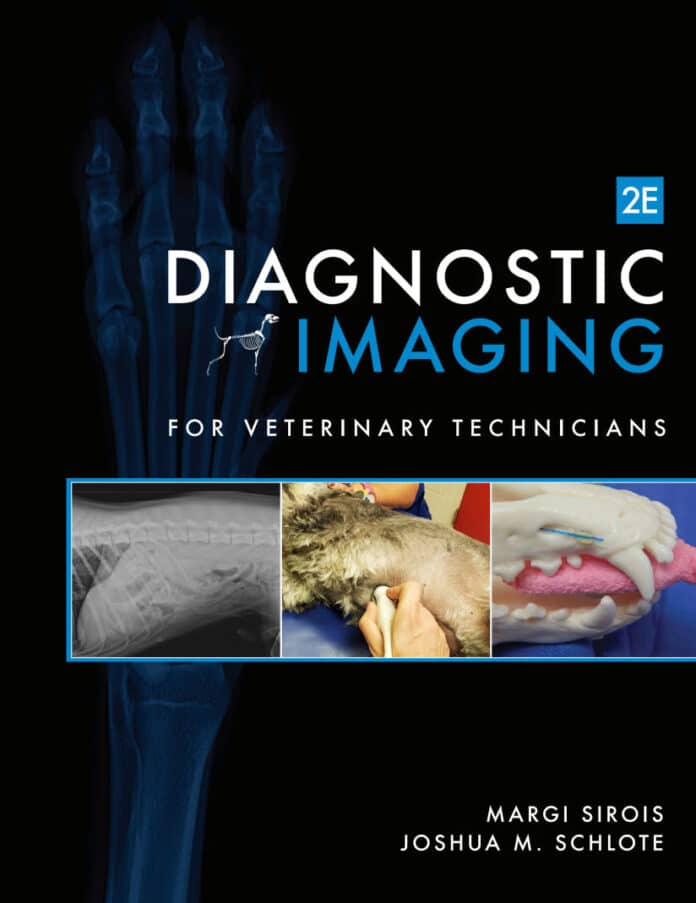
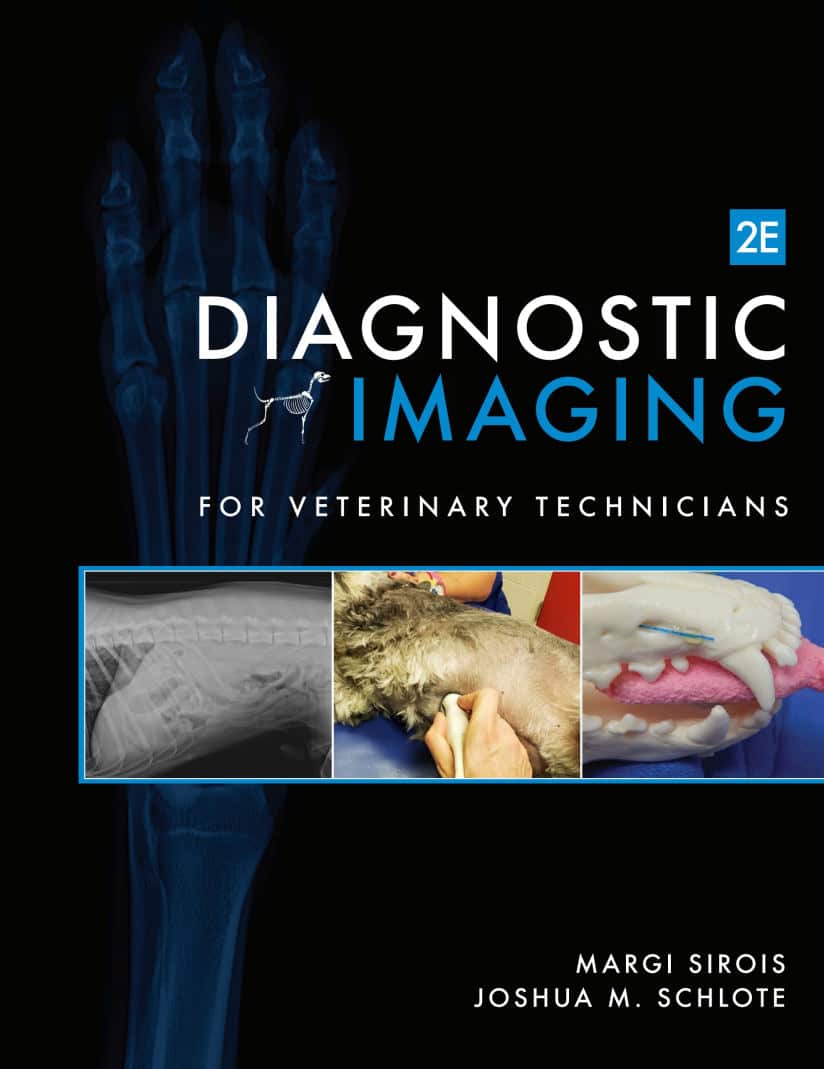
![Textbook Of Veterinary Diagnostic Radiology 8Th Edition [Pdf+Videos+Quizzes]](https://www.vet-ebooks.com/wp-content/uploads/2019/09/textbook-of-veterinary-diagnostic-radiology-8th-edition.jpg)




![Ettinger’s Textbook of Veterinary Internal Medicine 9th Edition [PDF+Videos] Ettinger’s Textbook of Veterinary Internal Medicine 9th Edition [True PDF+Videos]](https://www.vet-ebooks.com/wp-content/uploads/2024/10/ettingers-textbook-of-veterinary-internal-medicine-9th-edition-100x70.jpg)
![Textbook of Veterinary Diagnostic Radiology 8th Edition [PDF+Videos+Quizzes] Thrall’s Textbook of Veterinary Diagnostic Radiology, 8th edition PDF](https://www.vet-ebooks.com/wp-content/uploads/2019/09/textbook-of-veterinary-diagnostic-radiology-8th-edition-100x70.jpg)







